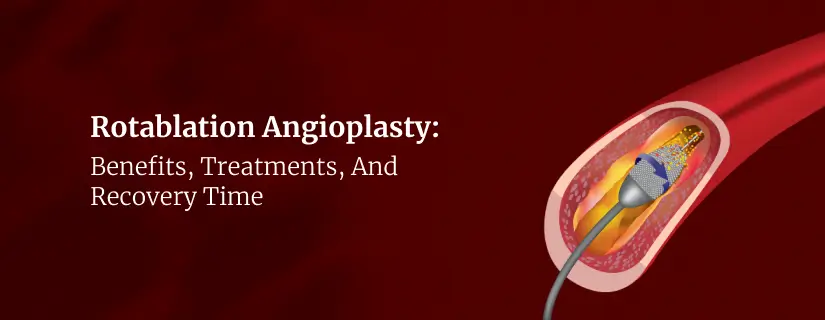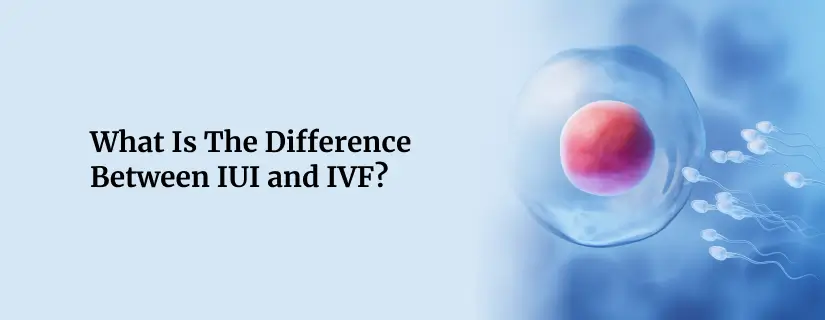-
Doctors
-
Specialities & Treatments
Centre of Excellence
Specialties
Treatments and Procedures
Hospitals & Directions HyderabadCARE Hospitals, Banjara Hills CARE Outpatient Centre, Banjara Hills CARE Hospitals, HITEC City CARE Hospitals, Nampally Gurunanak CARE Hospitals, Musheerabad CARE Hospitals Outpatient Centre, HITEC City CARE Hospitals, Malakpet
HyderabadCARE Hospitals, Banjara Hills CARE Outpatient Centre, Banjara Hills CARE Hospitals, HITEC City CARE Hospitals, Nampally Gurunanak CARE Hospitals, Musheerabad CARE Hospitals Outpatient Centre, HITEC City CARE Hospitals, Malakpet Raipur
Raipur
 Bhubaneswar
Bhubaneswar Visakhapatnam
Visakhapatnam
 Nagpur
Nagpur
 Indore
Indore
 Chh. Sambhajinagar
Chh. SambhajinagarClinics & Medical Centers
Book an AppointmentContact Us
Online Lab Reports
Book an Appointment
Consult Super-Specialist Doctors at CARE Hospitals
Changing Trends in Bariatric Surgery
Updated on 30 September 2022

Table of Content
Bariatric Surgery is essentially a collective term given to Gastric Bypass Surgery and other related weight loss surgeries. Bariatric surgery is often used for severely obese patients to reduce their weight. Types of Bariatric surgeries include Biliopancreatic diversion with duodenal switch (BPD/DS), Gastric Bypass (Roux-en-Y), and Sleeve gastrectomy.
Severely obese patients are at risk of several medical conditions, including diabetes, high cholesterol, blood pressure, heart diseases, etc. When diet and lifestyle changes alone cannot help these patients, then bariatric surgery is performed in such a scenario.
The first bariatric surgery was performed in the form of a Gastric Bypass in 1954. The doctors and the team connected the upper and the lower intestine resulting in bypassing a large number of calories. This procedure itself was later altered by adding a Jejunocolic Shunt in 1963, wherein the upper small intestine was connected to the Colon. This was known as the Jejuno-ileal Bypass. It was a better procedure but led to some difficulties later on. From here on, Bariatric Surgery has undergone several changes over the years.
In 1967, the mini bypass was developed in which the stomach was stapled, and the small intestine bypassed. This was called the Intestinal Bypass and was effective in losing weight. However, it led to side effects like anaemia, anastomotic leaks, and other nutritional deficiencies.
From the 1990s, the weight loss surgery procedures that we know today developed. For instance, the gastric band was developed, which was quickly followed by the Duodenal switch. The Gastric Bypass (Roux-en-Y) was developed in 1996 by Drs. Scopinaro and Gianetta. This procedure was aimed at reducing the complications resulting from Intestinal Bypass.
Looking at the continuously changing recent trends in bariatric surgery over the years, it can be said that the surgeries have developed significantly to improve results and reduce complications.
Phases of Bariatric Surgery Evolution
Researchers of The Bariatric & Metabolic Institute have divided these changing trends of Bariatric surgery into three of the following phases,
1. The Pioneer Phase:
This phase, in the 1900s, as described earlier, was when weight loss and Gastric Bypass procedures developed. This phase developed based on the observation that bypassing or removing a portion of the intestine would lead to weight loss. As the surgeries were practised and complications developed, newer techniques developed over time to reduce these complications. This was the phase when the Jejuno-ileal Bypass was performed. However, the most important discovery of this time was the gastric bypass and gastric band. These procedures were initially performed in open surgeries and then, with time, even laparoscopically.
2. The Laparoscopic Phase:
In this phase, around 1994, the Laparoscopic Adjustable Gastric Banding (LAGB) developed. The popularity of Bariatric Surgery rose to new highs in the next few years as advancements were made in laparoscopic intestinal procedures. This was the phase when in many countries, specialised Centres of Excellences developed where doctors at the best bariatric surgery hospitals in India were trained specifically to perform the laparoscopic bariatric procedure.
However, this rising popularity soon took a turn, and the trends started to go down. The main reason for this inversion of trends was the multiple cases of reoperation and long-term complications related to the procedure of LABG. To solve this issue, a new procedure called the Laparoscopic Sleeve Gastrectomy (LSG) was developed. This procedure turned out to be a success, and several complications related to LAGB were solved by LSG.
However, the trends with LSG also changed after a few years as the development of a few complications and Gastroesophageal reflux disease GERD were reported in LSG patients.
3. The Metabolic Phase:
The most recent phase that happened in the last decade in trends related to Bariatric Surgery was identified by researchers as the metabolic phase. In this phase, the metabolic implications and mechanisms of Bariatric Surgery were identified. It was identified that the initial mode of action that led to weight loss through restriction and malabsorption later developed into Physiological changes. This phase now deals with the metabolic changes that occur in the body soon after bariatric surgery has been performed. Massive research and studies are being done in the field to understand the metabolic implications of Bariatric Surgery.
Over the years, weight loss surgeries have gained popularity among the masses. Now, some people even go for them for cosmetic reasons even if they are not obese. However, it must be noted that Bariatric surgery for thousands of people is an essential procedure to improve their quality of life and live healthily.
Bariatric Surgery can therefore save lives. But it may also have other implications physiologically. With the technological advancements and research in the field, it may be appropriate to hope that in the future, more Bariatric Procedures may be developed that may deal with the side effects caused by the current procedures in a better way.

ENQUIRY FORM
SELECT CATEGORIES
-
Neurosciences (16)
-
Neurology (37)
-
Neurosurgery (14)
-
Orthopaedics (48)
-
Oncology (33)
-
Obstetrics and gynecology (52)
-
Pulmonology (23)
-
Urology (20)
-
Nephrology (13)
-
Psychiatry (7)
-
Dietetics and Nutrition (111)
-
General Medicine (63)
-
Cardiac Sciences (32)
-
Vascular & Endovascular Surgery and Interventional Radiology (15)
-
Gastroenterology (46)
-
Endocrinology (23)
-
Plastic Surgery (10)
-
Critical Care Medicine (5)
-
COVID-19 (16)
-
Dermatology (16)
-
Emergency Care (1)
-
Ophthalmology (4)
-
Pediatrics (14)
-
Laparoscopic and Bariatric Surgery (8)
-
ENT (15)
-
Kidney Transplant (1)
-
Liver Transplantation and Hepatobiliary Surgery (5)
-
General Surgery (3)
-
Internal Medicine (5)
-
Medicine Information
Obesity: Causes, Health Risks and Treatment Options
How to Lose Weight with the Allurion Gastric Pill Balloon Program?
YOU MAY ALSO LIKE
RECENT BLOGS
-

Preterm Birth (Premature Birth): Symptoms, Causes, Treatment and Prevention
13 May 2025
Read More
-

Rotablation Angioplasty: Benefits, Treatments, And Recovery Time
9 May 2025
Read More
-

What Is The Difference Between IUI and IVF?
9 May 2025
Read More
-

Venous Malformations: Causes, Symptoms, and Treatment
30 April 2025
Read More
-

Varicose Vein Foam Sclerotherapy: Treatment, Benefits, and Procedure
30 April 2025
Read More
-

Radiofrequency (RF) Ablation Treatment for Varicose Veins: Know More
30 April 2025
Read More
-

Varicose Vein Sclerotherapy: Treatment, Benefits, and Procedure
30 April 2025
Read More
-

Varicose Vein Endovenous Laser Ablation: Procedure, Benefits, Risks
30 April 2025
Read More
Have a Question?
If you cannot find answers to your queries, please fill out the enquiry form or call the number below. We will contact you shortly.






